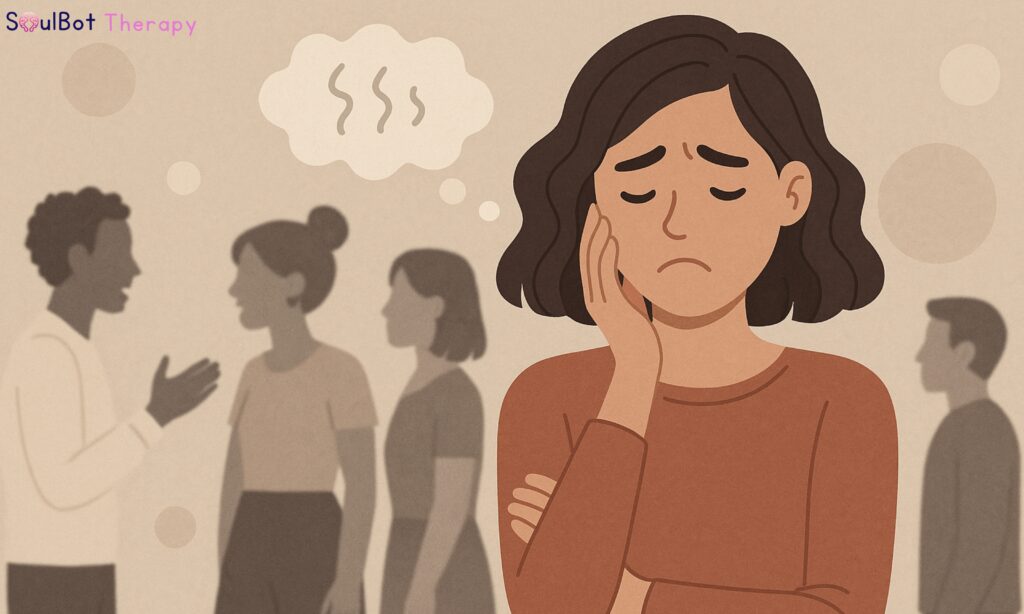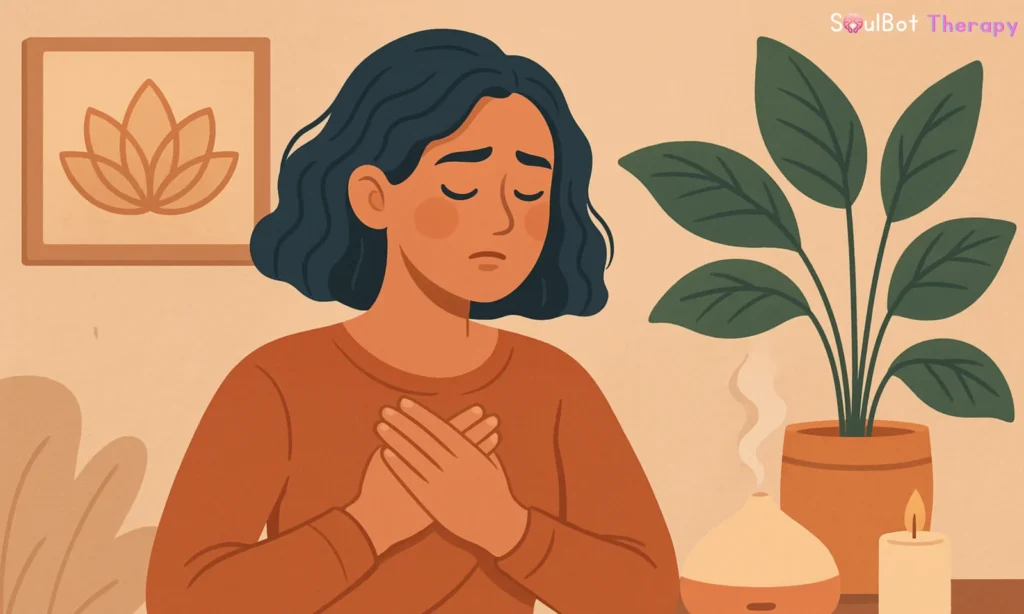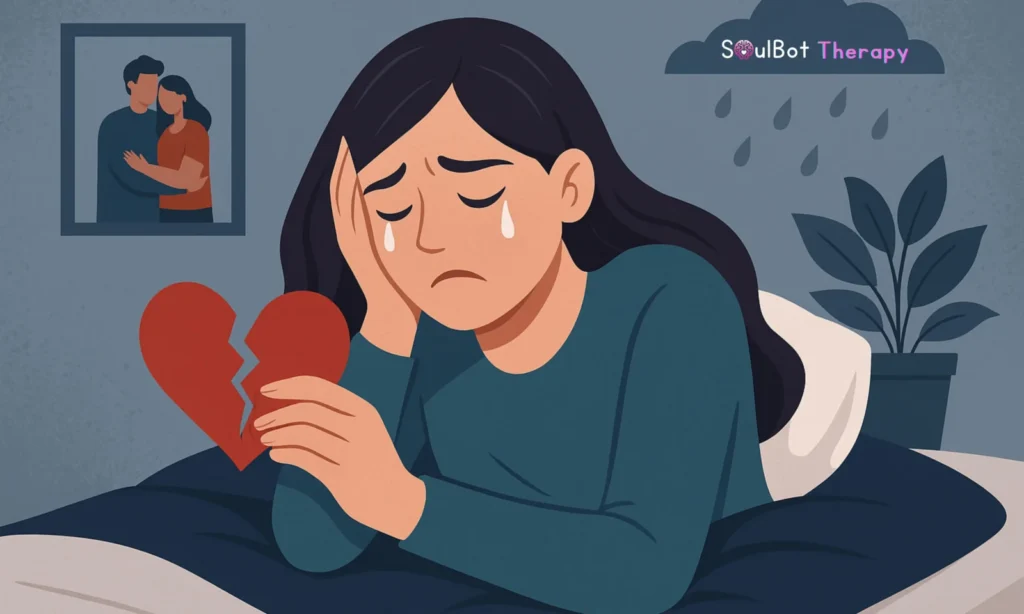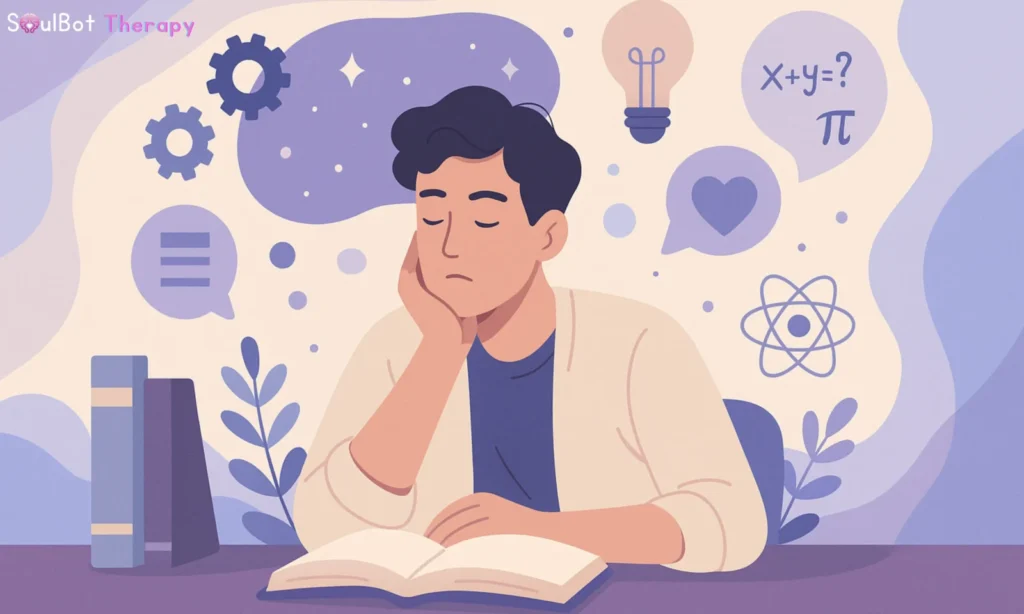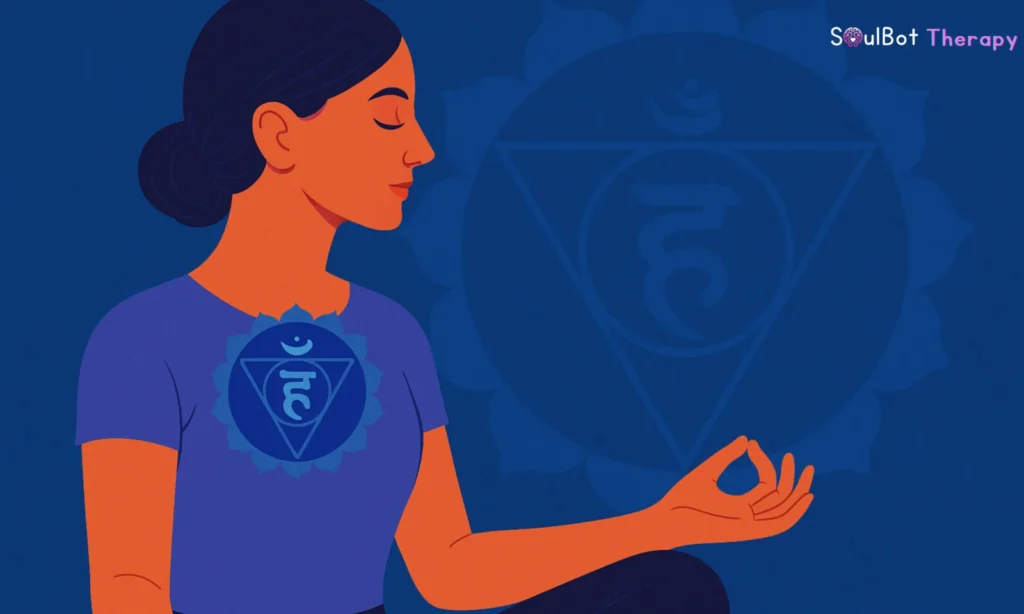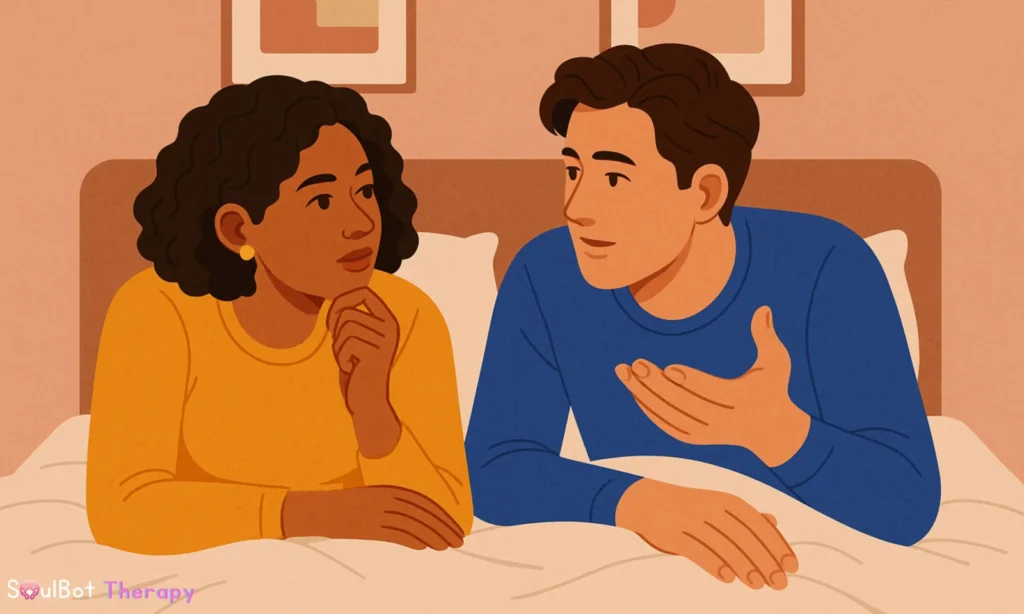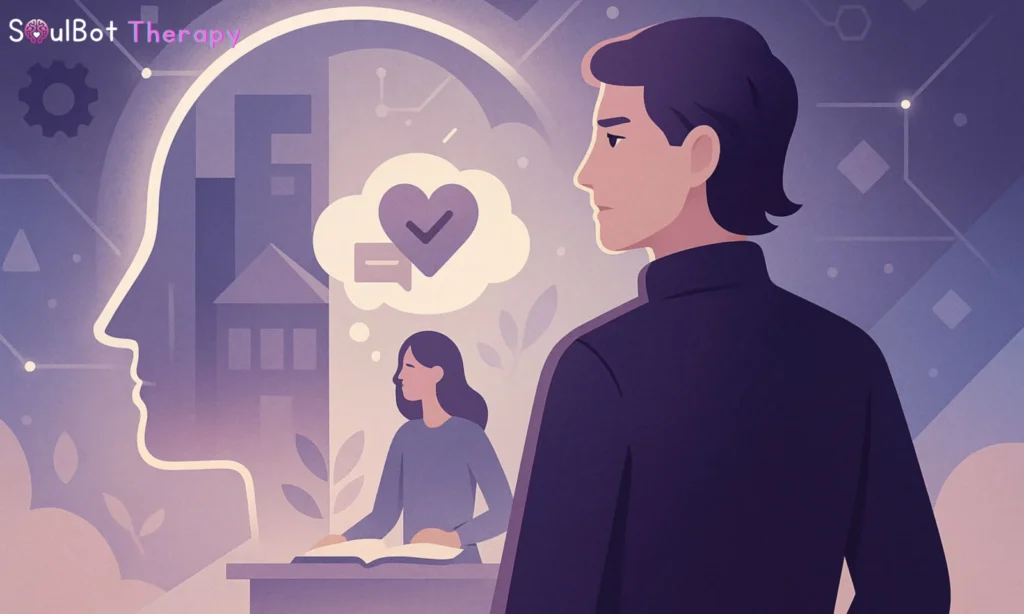Social anxiety can feel like being on a stage — with no script, no escape, and a spotlight that won’t turn off.
If just the thought of speaking up, meeting new people, or being seen makes your heart race, you’re not alone — and more importantly, you’re not broken. Let’s break this down gently and build it back up together.
🔍 What is Social Anxiety?
Social anxiety is more than just shyness — it’s a persistent fear of being judged, embarrassed, or rejected in social settings.
“What if I say the wrong thing?”
“Everyone’s watching me.”
“I’m going to mess this up.”
These thoughts aren’t just nervous jitters — they can impact your job, relationships, and even everyday tasks like making a call or walking into a room.
📊 Did You Know?
According to the ADAA, over 15 million adults in India experience social anxiety, often starting before the age of 18.
⚠️ Signs of Social Anxiety (That People Often Miss)
Not all symptoms are loud. Here are signs you might be dealing with social anxiety:
- Avoiding eye contact or group settings
- Excessive fear of embarrassment
- Overanalyzing conversations afterward
- Sweating, shaking, or stomach issues in public
- Skipping classes or events to “feel safe”
- Rehearsing sentences before speaking
- Fear of eating, writing, or walking in front of others
If these sound familiar, this isn’t just personality. It’s anxiety, and it’s valid.
🧠 What Causes Social Anxiety?
Social anxiety can be a mix of biology, environment, and personal experiences.
| Cause | Description |
|---|---|
| Genetics | Runs in families; heightened brain sensitivity to threat |
| Parenting Style | Overprotective or highly critical parenting |
| Trauma or Bullying | Past embarrassment, ridicule, or rejection |
| Low Self-Esteem | Internalized fear of not being “good enough” |
| Brain Chemistry | Overactive amygdala = threat perception overload |
Try SoulBot’s AI Mental Health Companion🆚 Social Anxiety vs Shyness
| Social Anxiety | Shyness |
|---|---|
| Persistent and distressing | Mild discomfort in social settings |
| Affects daily functioning | Doesn’t stop you from doing things |
| Avoidance behavior | Temporary nervousness |
Think of shyness as a breeze. Social anxiety is a storm but one you can learn to walk through.
🛠️ How to Deal with Social Anxiety: Step-by-Step
1. Name the Fear
Labeling helps reduce its power. Say:
🗣️ “This is social anxiety. It’s uncomfortable, but I’m safe.”
2. Challenge the Thought
Ask: “What’s the worst that could happen?” and “Has that ever actually happened?”
3. Start Small
Say hi to the barista. Ask a friend a question. Speak in a meeting. Micro wins create macro confidence.
4. Practice Exposure, Not Avoidance
Avoidance feeds anxiety. Gradual exposure shrinks it.
5. Use AI Mental Health Tools
SoulBot’s AI mental health assistant helps you rehearse interactions, journal triggers, and reframe negative thoughts.
6. Seek Therapy (Human or AI)
CBT is clinically proven to help. And if traditional therapy feels overwhelming, AI therapy is a judgment-free start.
❤️Book a free consultation with a therapist….
💡 Quick Coping Techniques (For Real-Life Moments)
- Box Breathing: 4 seconds in, 4 hold, 4 out, 4 hold
- 5-4-3-2-1 Grounding: Engage your senses to reduce panic
- Affirmation Loop: “This is hard, but I can handle it.”
- SoulBot AI Chat: Get emotional clarity anytime, anywhere

🧠 Final Thoughts: You’re Not Alone and You’re Not “Too Much”
Social anxiety can feel isolating, but it’s far more common and more manageable than you think. Whether you’ve lived with it silently for years or only recently noticed the signs, the fact that you’re reading this means you’re already on the path toward healing.
You don’t have to force yourself to be the loudest in the room. You just have to find your voice and trust that it matters.
With the right mindset, tools like AI mental health companions, and compassionate support, social anxiety can go from a daily struggle to a challenge you’ve learned to navigate with confidence and grace.
🌀 Your anxiety doesn’t define you. Your courage does.

